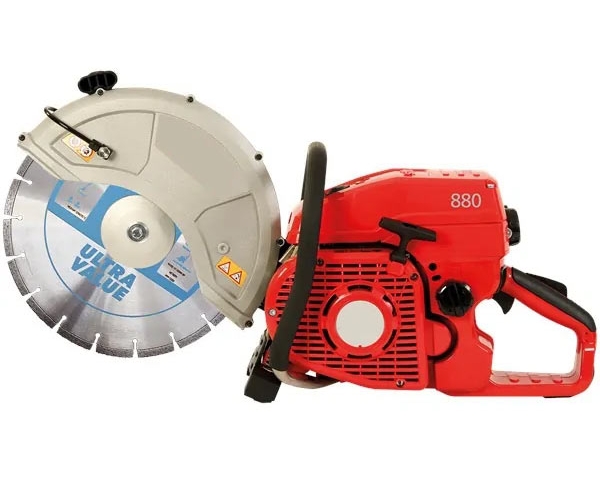
Renting a Concrete Saw: Your Guide to Cutting Through Concrete
A concrete saw is a powerful tool used to cut through concrete. It’s essential for various projects, from home renovations to large-scale construction. While buying a concrete saw might seem like a good investment, renting one can be a more practical and cost-effective option for many people.
Types of Concrete Saws
Concrete saws come in different types, each suited for specific tasks.
- Walk-behind concrete saws: These are larger, self-propelled saws ideal for cutting long, straight lines.
- Handheld concrete saws: Smaller and more portable, these saws are perfect for smaller jobs or cutting in tight spaces.
- Floor saws: Designed specifically for cutting through concrete floors, these saws are powerful and efficient.
Reasons to Rent a Concrete Saw
There are several reasons why renting a concrete saw is a smart choice.
- Cost-effectiveness: Buying a concrete saw can be expensive. Renting allows you to access the tool without a significant upfront investment.
- Convenience: You only need the saw for a specific project. Renting eliminates the hassle of storing and maintaining a large piece of equipment.
- Variety of options: Rental companies offer different types of concrete saws, ensuring you get the right tool for the job.

Factors to Consider When Renting a Concrete Saw
When renting a concrete saw, consider the following factors:
- Project size: The size of your project will determine the type of saw you need.
- Cutting depth: The depth you need to cut will influence the saw’s blade size.
- Rental duration: How long will you need the saw? Rental companies often offer daily, weekly, or monthly rates.
- Safety equipment: Ensure you have the necessary safety gear, such as safety glasses, ear protection, and gloves.
Safety Precautions
Using a concrete saw can be dangerous if not handled properly. Here are some essential safety tips:
- Wear protective gear: Always wear safety glasses, ear protection, and gloves.
- Inspect the saw: Before using the saw, check for any damage or defects.
- Secure the work area: Clear the area around the saw to prevent accidents.
- Follow operating instructions: Read and understand the operator’s manual.
- Maintain a firm grip: Keep a firm grip on the saw handles at all times.
- Avoid kickback: Be aware of kickback and take precautions to prevent it.
Tips for Using a Concrete Saw
To get the best results from your rented concrete saw, follow these tips:
- Mark the cutting line: Use a chalk line or tape to mark the cutting line accurately.
- Start slowly: Begin cutting slowly and gradually increase the speed.
- Keep the saw level: Maintain a level position to ensure a straight cut.
- Cool the blade: Allow the blade to cool down periodically to prevent overheating.
- Clean the saw: Clean the saw after use to prolong its life.

Where to Rent a Concrete Saw
Concrete saws can be rented from various places, including:
- Home improvement stores: Many large home improvement stores offer tool rental services.
- Equipment rental companies: These companies specialize in renting tools and equipment.
- Construction supply stores: Some construction supply stores also rent out tools.
Inspection and damage assessment
Before using your rented concrete saw, it’s crucial to conduct a thorough inspection to identify any potential issues or damage. This not only protects you from unexpected problems but also ensures you return the equipment in the same condition you received it.
Key Inspection Points
- Blade Condition: Check for cracks, chips, or excessive wear on the blade. A damaged blade can be dangerous and affect cutting performance.
- Saw Frame: Inspect the saw frame for any signs of cracks, bends, or rust. A damaged frame can compromise the saw’s stability and safety.
- Handle and Controls: Ensure the handles are securely attached and operate smoothly. Check that all controls, including the start/stop button, are functioning correctly.
- Safety Guards: Verify that all safety guards are in place and securely fastened. Missing or damaged guards can increase the risk of injury.
- Water Supply (if applicable): If your saw uses water cooling, check the water supply line for leaks or damage.
Documenting Damage
To protect yourself from potential charges, it’s wise to document the saw’s condition before using it.
- Take Photos: Use your smartphone to take clear pictures of the saw from different angles.
- Note Existing Damage: Make a list of any existing scratches, dents, or other damage you find.
- Get the Rental Agreement Signed: Have the rental company representative sign and date the document to confirm the saw’s condition.
What to Do if You Find Damage
If you discover significant damage to the saw, inform the rental company immediately. They may be able to provide a replacement or adjust the rental agreement accordingly.
By following these inspection steps and documenting the saw’s condition, you can significantly reduce the risk of unexpected costs and ensure a smooth rental experience.
Hidden costs and how to avoid them
While renting a concrete saw offers many advantages, it’s essential to be aware of potential hidden costs that can inflate your project budget. By understanding these costs and taking proactive steps, you can avoid unexpected expenses and ensure a smooth rental process.
Common Hidden Costs
- Fuel Charges: Some rental companies charge extra for fuel, especially for larger, gas-powered saws.
- Delivery and Pickup Fees: If you can’t transport the saw yourself, delivery and pickup fees can add up.
- Damage and Repair Costs: Accidents happen, but excessive damage can lead to significant charges.
- Extended Rental Fees: Overrunning your rental period can result in additional costs.
- Blade Costs: While many rental companies include blades, some may charge extra or not include them at all.
- Cleaning Fees: Failing to return the saw in a clean condition might incur cleaning fees.
Avoiding Hidden Costs
- Clarify the Rental Agreement: Before signing the contract, carefully review all terms and conditions, including fuel charges, delivery fees, damage waivers, and blade inclusions.
- Estimate Your Project Time Accurately: Plan your project carefully to avoid extending the rental period. Building in a buffer can help prevent unexpected delays.
- Handle the Saw Carefully: Treat the rental equipment with care to avoid damage charges. Take photos of the saw’s condition before use.
- Clean the Saw: Return the saw in the same condition you received it to avoid cleaning fees.
- Consider All-Inclusive Packages: Some rental companies offer packages that include fuel, blades, and delivery. These can simplify the process and potentially save money.
- Shop Around: Compare prices and terms from different rental companies to find the best deal.
Additional Tips
- Check for Insurance Coverage: Understand what your renter’s insurance covers and if additional equipment insurance is necessary.
- Inspect the Saw Before Use: Verify the saw’s condition and report any existing damage to the rental company.
- Plan Your Transportation: If you’re picking up the saw yourself, ensure you have a suitable vehicle.
- Consider Alternatives: For small projects, you might find that renting a handheld electric saw or hiring a professional concrete cutter is more cost-effective.
By being mindful of these potential hidden costs and taking the necessary precautions, you can rent a concrete saw confidently, knowing that you’re getting the best value for your money.

Additional Considerations
- Blade selection: The right blade is crucial for efficient cutting. Consult with the rental company for blade recommendations.
- Water cooling: Some concrete saws require water cooling to prevent overheating and dust.
- Dust control: Use appropriate dust control measures to protect yourself and the environment.
Renting a concrete saw can be a practical and cost-effective solution for your project. By understanding the different types of saws, considering safety precautions, and following proper usage guidelines, you can successfully complete your concrete cutting tasks.




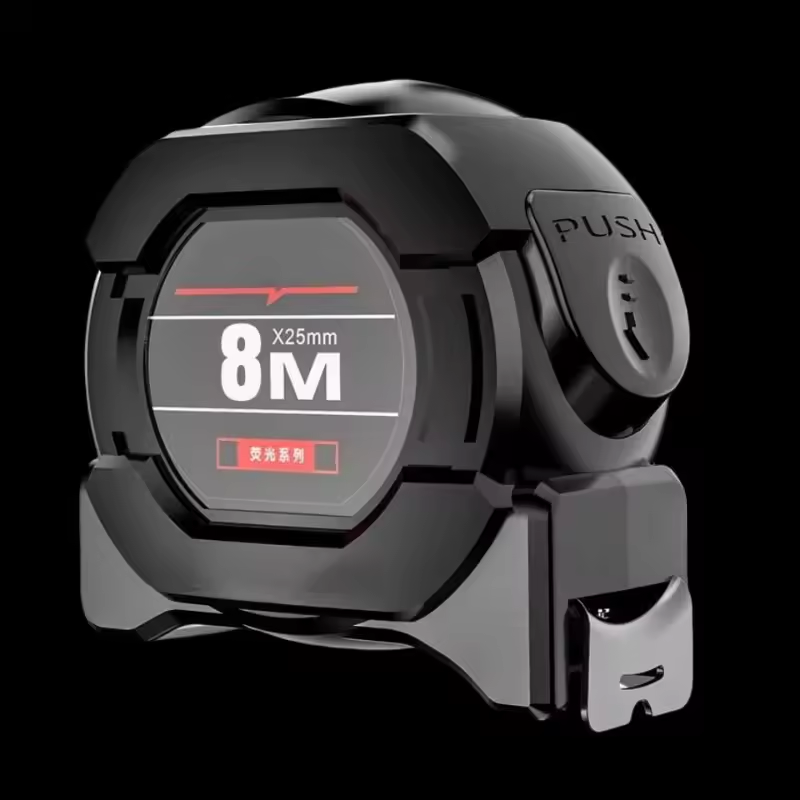
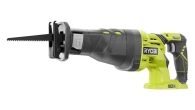
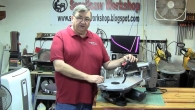
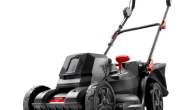
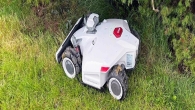
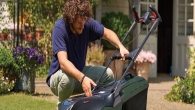

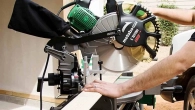
Leave a Reply